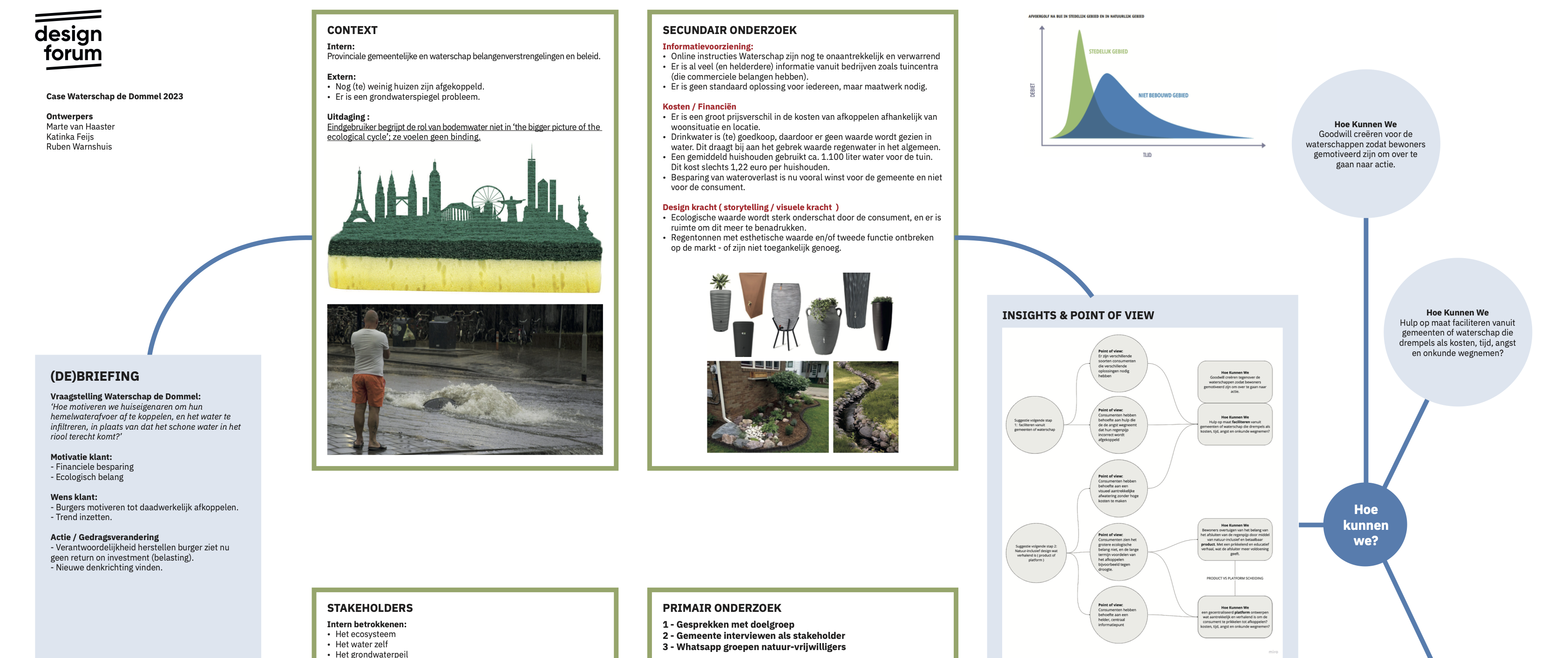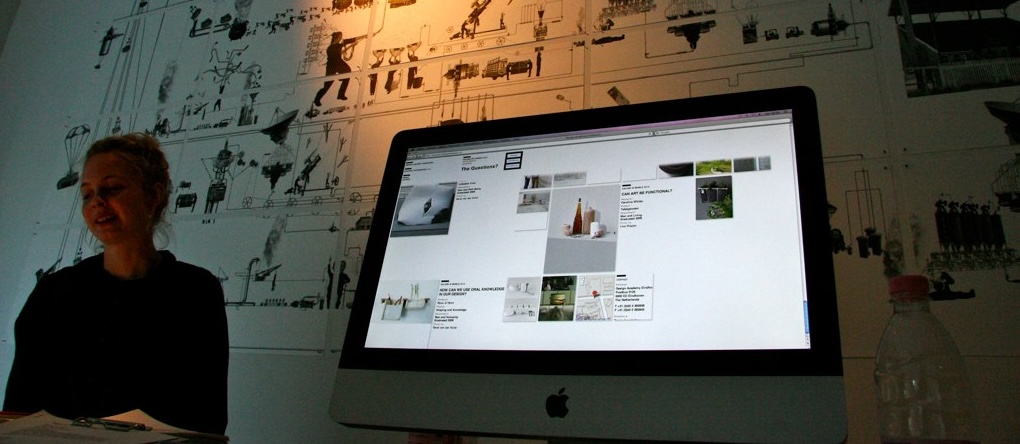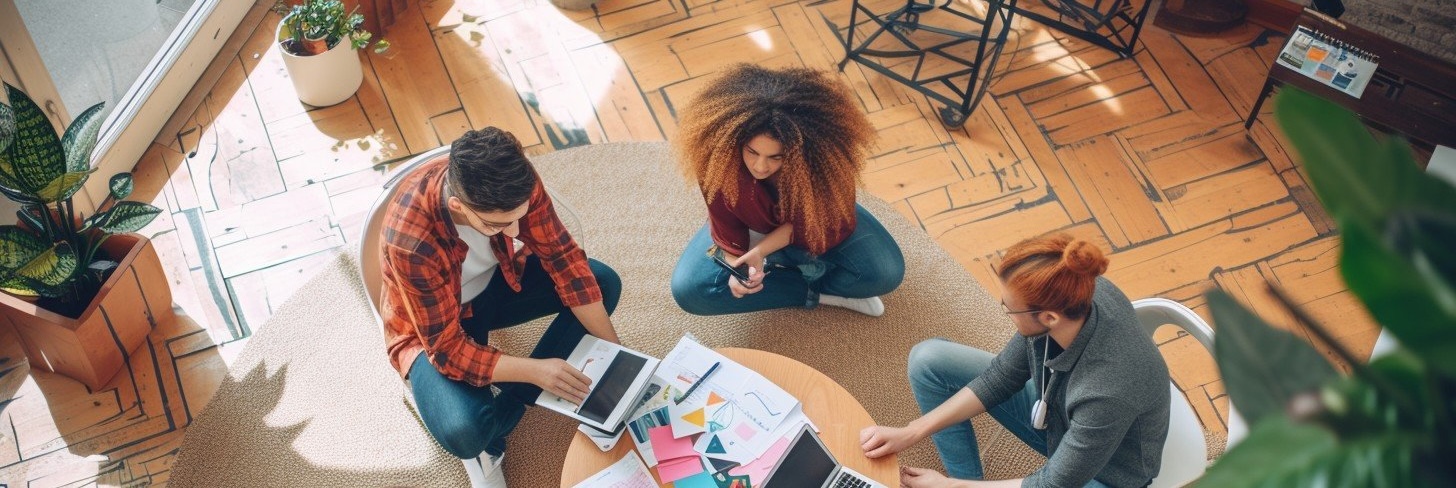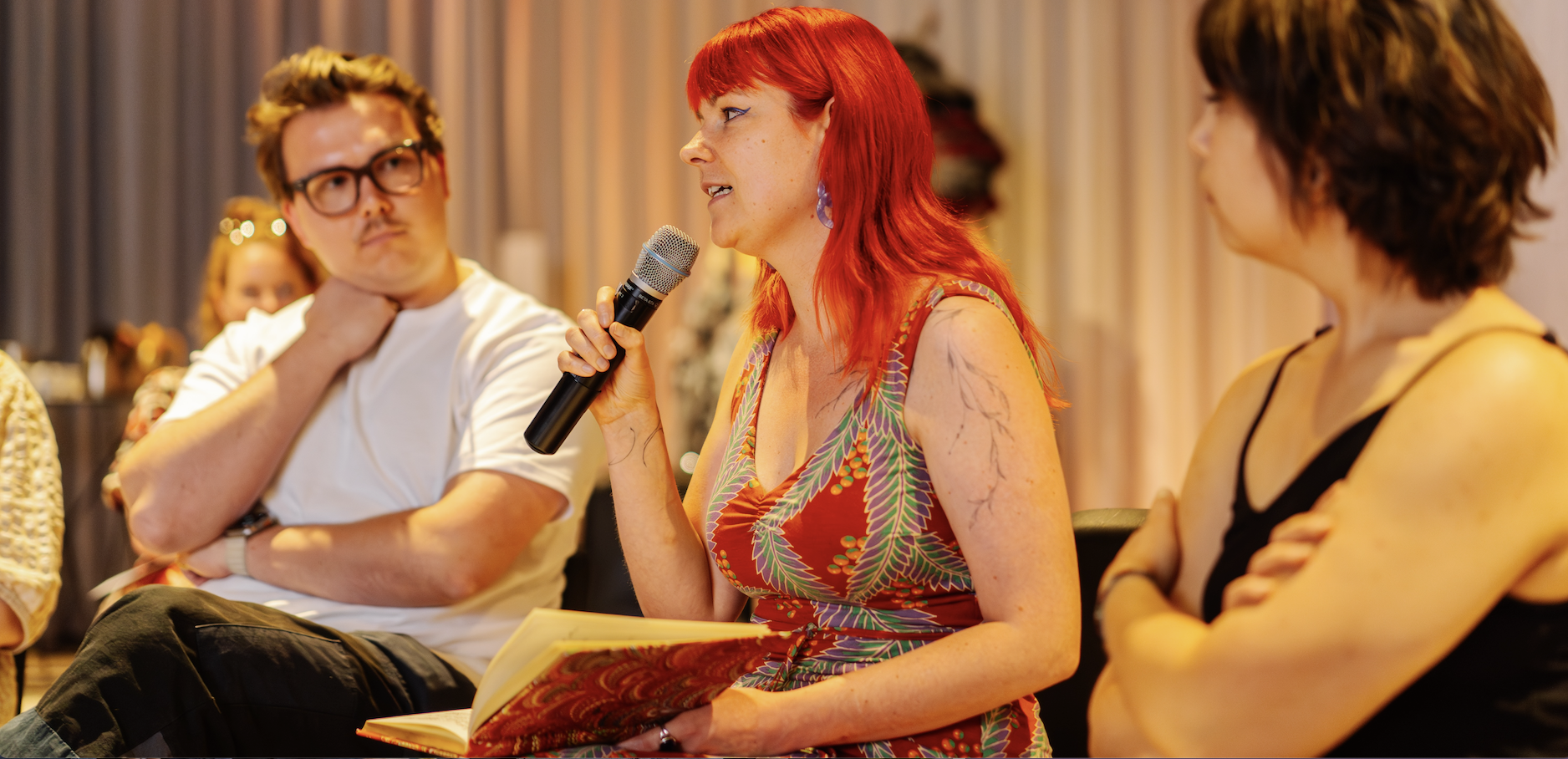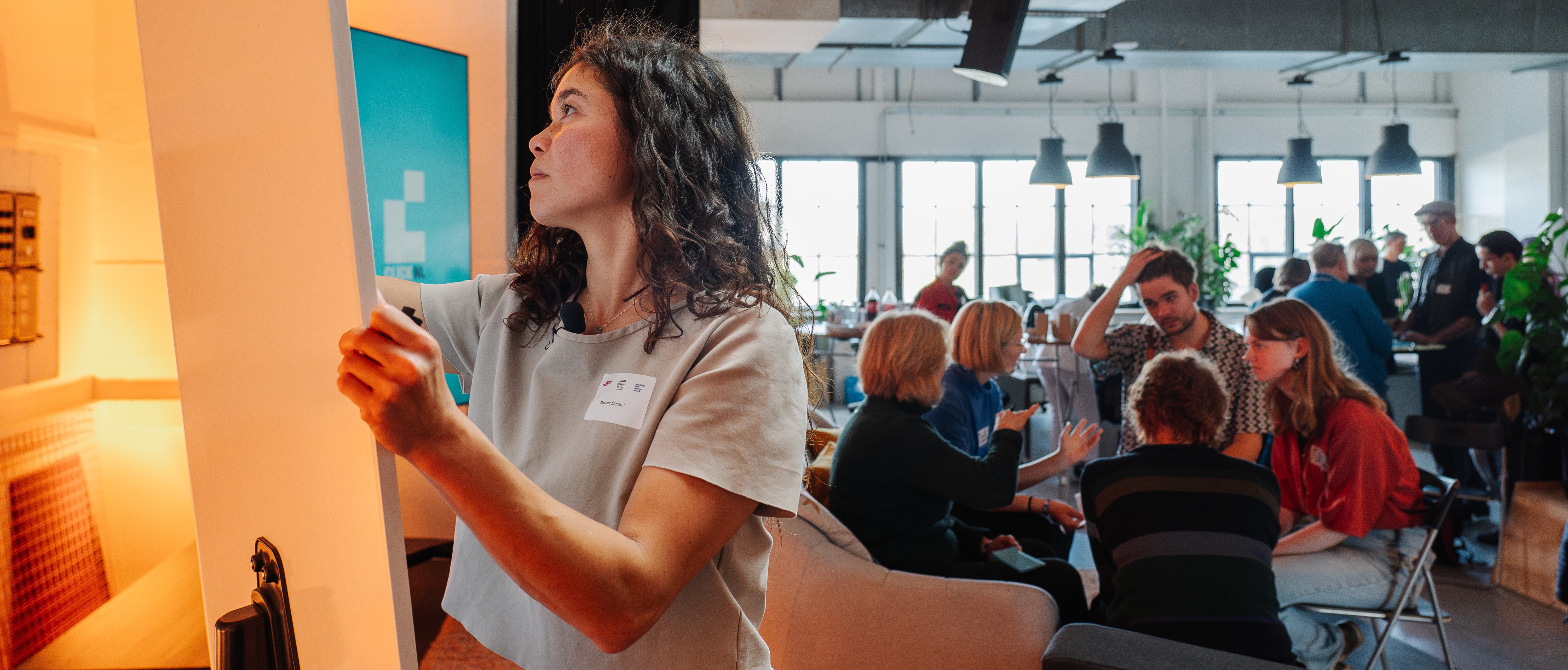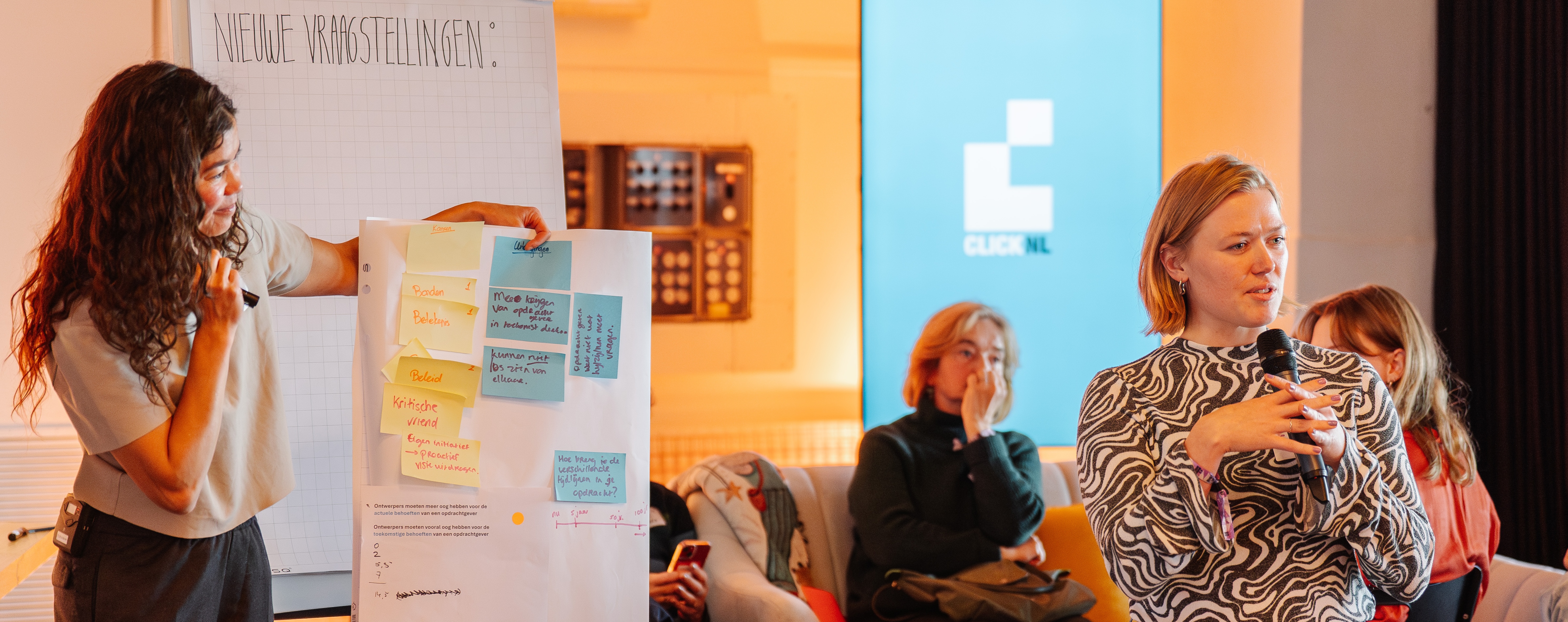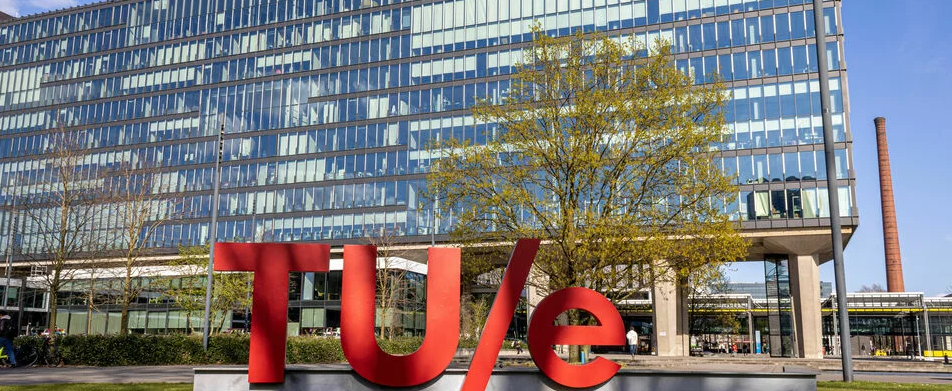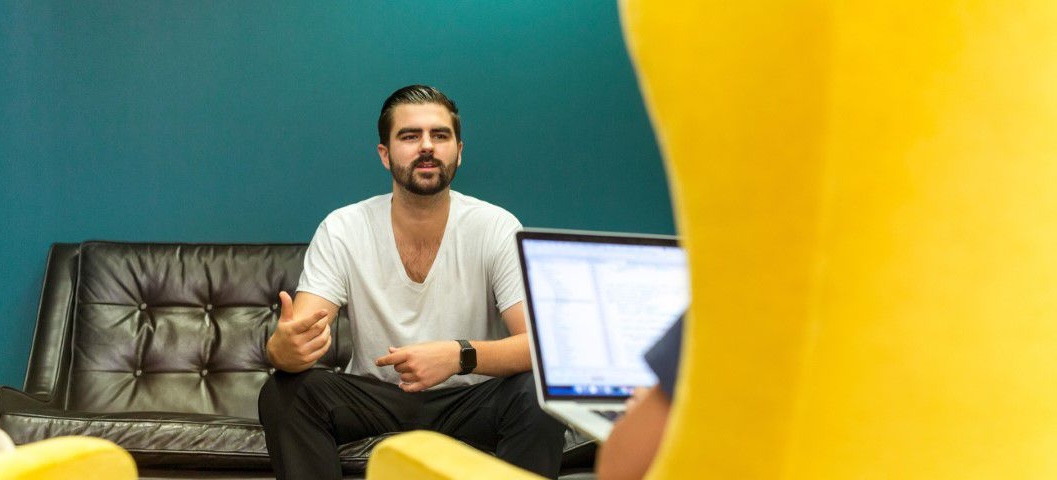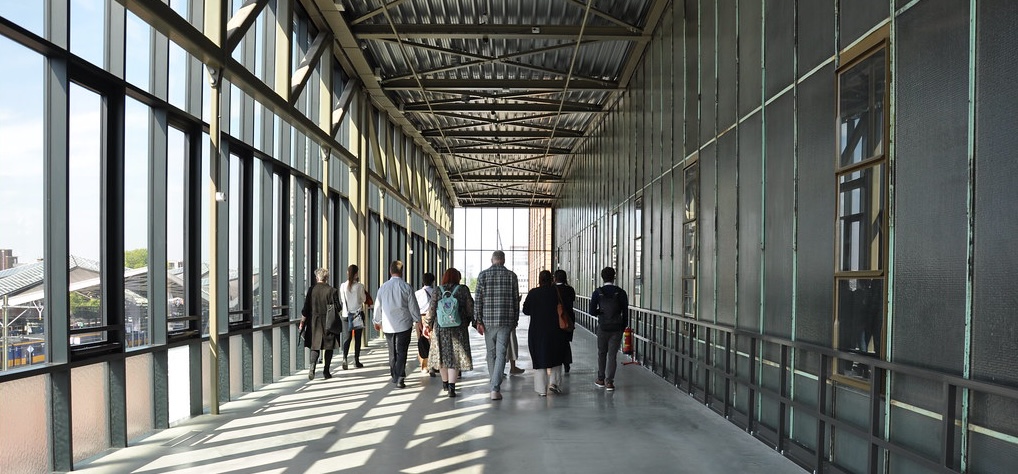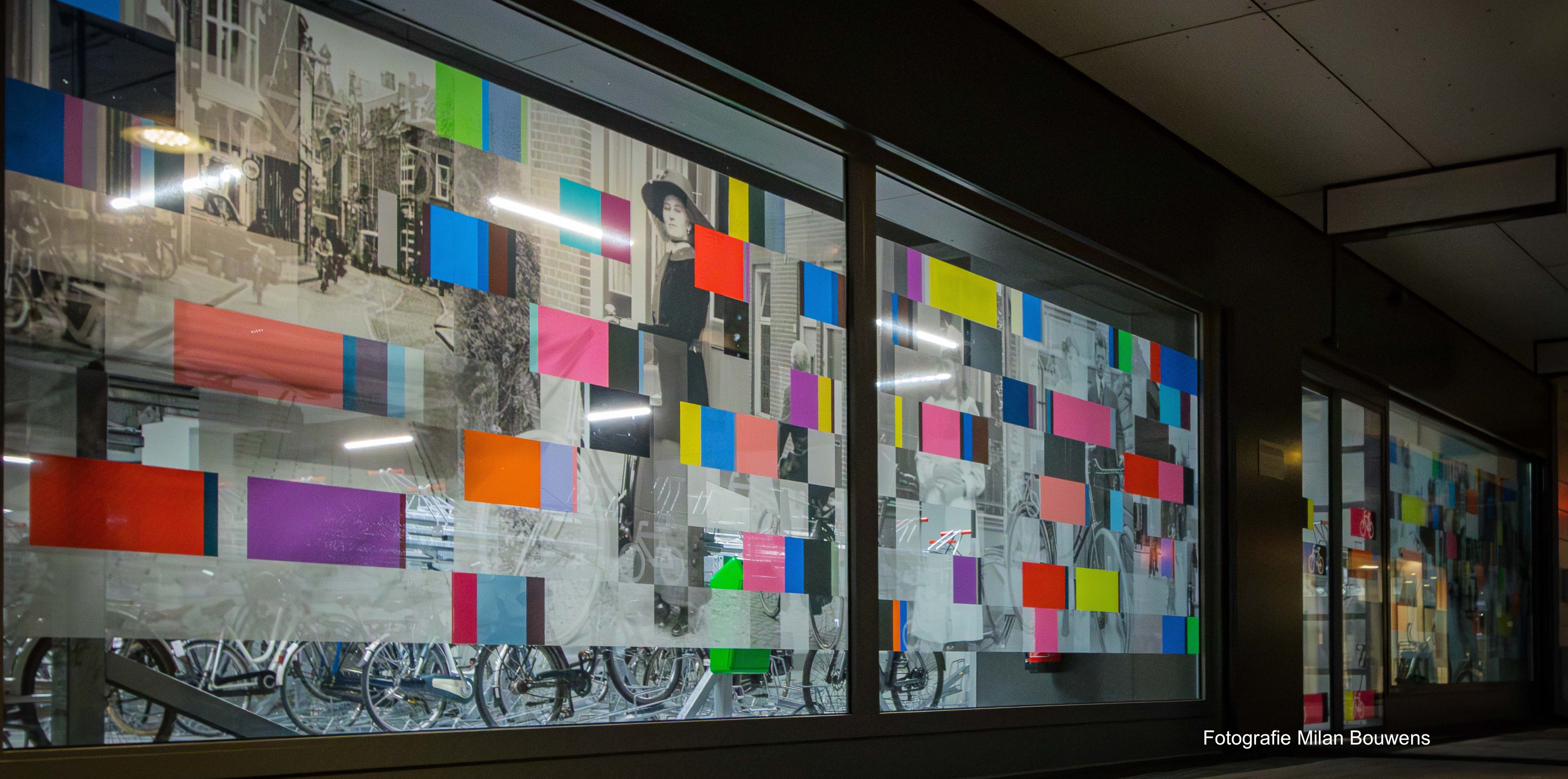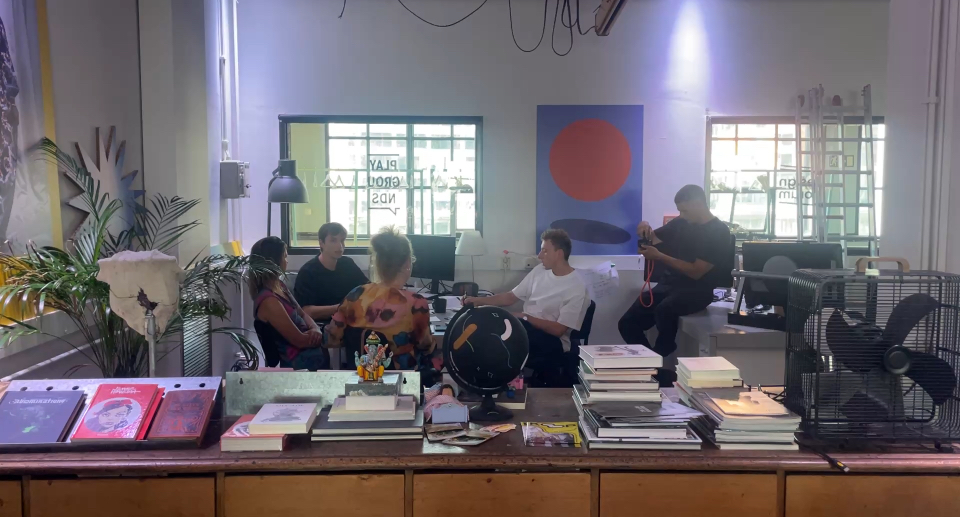
Stress Signals Set
A tool to anticipate for stressors in a design assignment
The Stress Signals Set was developed within the Kiem project, in co-creation with designers. We started with a series of in-depth interviews to identify the factors that can cause stress during design projects. Based on these insights, we created this set of cards that helps designers recognize their own stress signals, discuss them openly, and anticipate them more effectively.
The set can be used at different moments in the design process:
-
Before starting a new project as an Intake tool: to anticipate potential stressors and prepare for them.
-
After completing a project: as a reflection tool when stress was experienced and you want to build more self-awareness around it.
-
Within teams: to make visible which tasks give energy to whom, and to support more balanced task distribution.
By using the cards multiple times, designers can begin to recognize patterns in their own ways of working. Over time, they can use the full set to create their own personal stress signal card.
The Stress Signals Set helps to open up conversations about workload and mental pressure in creative processes, and to approach these topics in a constructive way.
This tool is still in the prototype phase and needs further validation by the user group. Are you interested to require the Stress Signals Set and user suggestions on how to apply this set? Please contact Jos Hardeman by email at: j.s.hardeman@tue.nl
